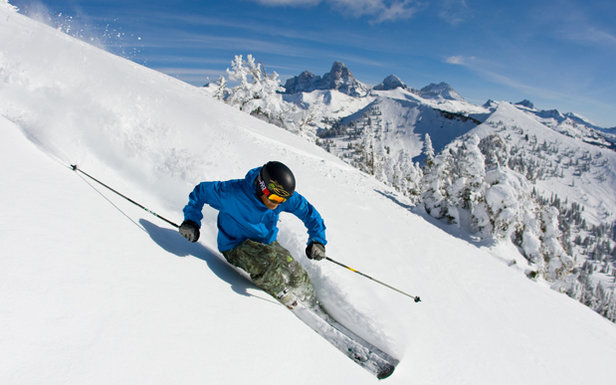The ski season can bring an array of injuries but here’s the good news, since the 1970’s ski injuries have decreased by about 50%. On average currently 2/1000 people skiing on one day will withstand an injury that needs medical attention. However if you find yourself injured, please read the advice below.
Top 4 most common ski injuries:
- Knee ligament injuries (ACL& MCL)
The anterior cruciate ligament and medical collateral ligament are one of the most common injuries in skiing that can happen from landing jumps, collisions or twisting and pulling the knee. Common symptoms include: pain, swelling in the area and below the knee cap, reduced mobility and instability of the knee joint.
- Patella-Femoral Syndrome
PFS is when excessive load and strain is put on the knee caps which is usually caused by the bent position stance we adopt for skiing. Symptoms include pain in front or under the knee cap and weakness of the knee joint. Strengthening the upper and lower leg muscles (particular the quadriceps muscle group) are best to overcome this injury.
- General low back pain
After long periods of time skiing, constant contraction of the low back and abdominal muscles can cause a dull ache or stiffness. Some people can also adopt a bent-over position when skiing which can exacerbate these symptoms. Stretching the lower back will help ease the muscle tightness.
- Skier’s Thumb
This injury most commonly happens as a result of pressure put on the thumb from the poles and results in pain when moving the thumb, laxity and maybe swelling of the thumb. Skier’s thumb happens when the ligaments at the base of your thumb are over stretched or strained. Applying an ice pack and taping the thumb is commonly used to help support the thumb.
What happens if I get injured?
- Stop skiing and seek advice from a medical professional as soon as possible. This way you can get a diagnosis, determine the severity of the injury and guidance on how best to treat it.
- Follow ‘PRICE’
Protect your injury from further injury, by using a support
Rest for the next 2-3 days (dependant on the severity of your injury)
Ice wrap a cold ice pack on the area for around 10 minutes every 4 hours. Do not put ICE directly on the skin.
Compression use a compression bandage to initially limit movement. Do not leave it on whilst sleeping and do not become dependent on the bandage.
Elevation support and elevate the area a little above the level of your heart.
- Avoid ‘HARM’
Heat can increase swelling.
Alcohol can increase bleeding and swelling (even if it is tempting to numb the pain!).
Running or excess exercise can cause further damage.
Massage INITIALLY can increase swelling and bleeding.
If you have any further questions or would like to book an apointment please do not hesitate to contact me or one the team here at Richmond Osteopaths. We will keep you fit for the ski season ahead.

